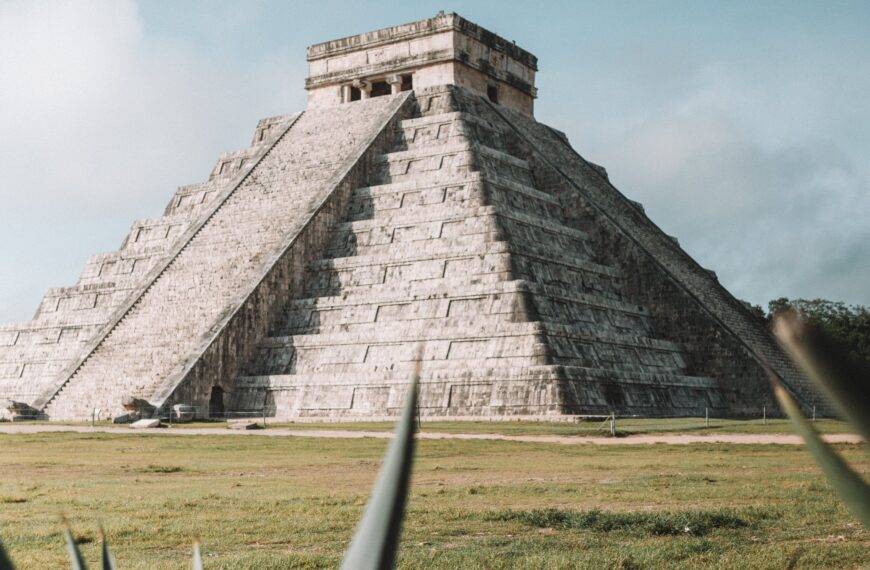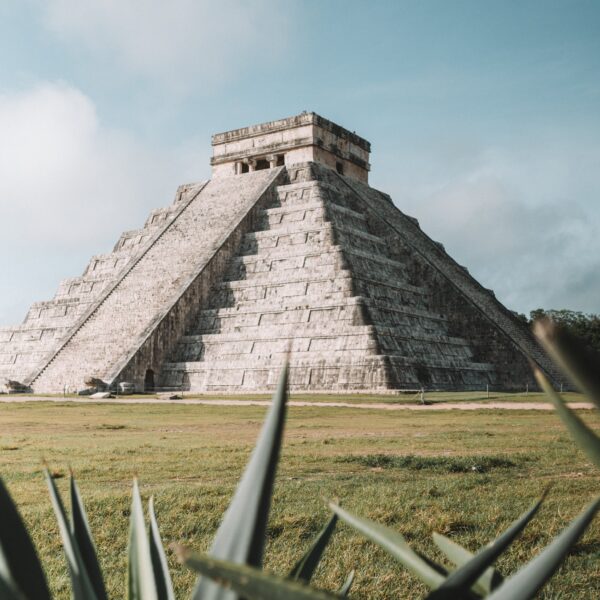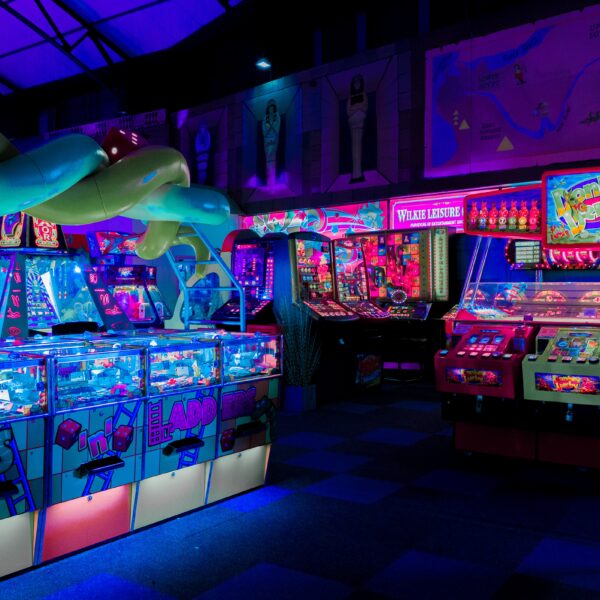“HANABI – A Cooperative Style Hidden Card Game” is a captivating introduction to the board game of Hanabi. In this game, players work together to ensure a seamless firework display by playing cards based on clues from fellow players. With a focus on cooperation and strategic decision-making, the objective is to score as many points as possible to create an impressive show. Suitable for children and adults aged 8 and above, Hanabi offers an immersive gameplay experience that challenges players to communicate effectively and think critically. From the setup to the scoring system, this article provides a comprehensive guide to mastering Hanabi and achieving a legendary victory.
HANABI – A Cooperative Style Hidden Card Game

Objective of Hanabi
The objective of Hanabi is to work together as a team to create a successful fireworks display. Players must play cards from their hand based on the clues given by other players. The goal is to score as many points as possible, indicating a successful show.
Number of Players
Hanabi is designed for 2-5 players. The game can be enjoyed with a small group or larger gatherings.

Materials
To play Hanabi, you will need the following materials:
- 50 base game Hanabi cards
- 5 player rules cards
- 8 blue hint counters
- 3 red danger counters
- 5 multicolored Hanabi cards (an expansion for more challenging gameplay)
Type of Game
Hanabi is a cooperative style hidden card game. In this type of game, players must work together to achieve a common goal rather than competing against each other.

Audience
Hanabi is suitable for children and adults ages 8 and above. The game is easy to learn but offers strategic depth that can be enjoyed by players of all ages.
How to Setup Hanabi
Setting up Hanabi involves several steps. First, arrange the 8 blue hint counters in a line where all players can easily reach them. Next, stack the 3 red danger counters, making sure the explosion image is at the bottom and the fuse gets longer towards the top. Shuffle the Hanabi cards and deal each player a hand based on the number of players (5 cards for 2-3 players, 4 cards for 4-5 players). Players should not look at their hand; it will remain a secret to them throughout the game. The remaining cards form the deck for the game and should be placed centrally for all players to access.
How to Play
Hanabi is played in turns, with each player taking one action on their turn. The available actions are: giving a clue to another player, discarding a card from your own hand, or playing a card from your own hand. The order of play is determined by the player wearing the most colorful clothing and proceeds clockwise.
Giving Clues
To give a clue to another player, a blue hint counter must be used. Once all of the hint counters are used, no more clues can be given until cards are discarded to regain hint counters. When giving a clue, the player must choose either a color or a number but not both. Additionally, the player must acknowledge all cards in the other player’s hand that match the given clue. For example, if a player wants to inform another player that they have a three in their hand, they must also point out all other threes in that player’s hand.
Discarding a Card
Discarding a card allows a player to remove a card from their hand and draw a new one from the deck. It is advisable to discard cards that are not needed for future plays. However, sometimes players may need to discard a useful card if no other option is available. When a card is discarded, a used blue hint counter is flipped over, indicating the continuation of play.
Playing Cards
Playing cards is the main way to score points in Hanabi. A card should only be played if the player is confident about its value. To play a card, the player places it face up in front of them. There are two possible outcomes when playing a card: it can be played correctly or incorrectly. If played correctly, the card either starts a new color with a 1 or fits into an existing color in chronological order. If played incorrectly, for example, if it is a 1 of an already played color or does not fit into the correct chronological order, one of the red danger counters is removed. If the explosion image on the danger counter is revealed, the game ends, and the players score points based on their performance so far.
Building Fireworks
Players earn points in Hanabi by successfully building fireworks. Each color (red, blue, yellow, green, white, and multicolored) has a specific number of cards labeled with numbers 1-5. To complete a set, players need one card of each number from 1 to 5 in a color. Once a set is complete, extra cards of that color can be discarded for additional clues. Each firework color can only contain a single card of each number, and the cards must be played in ascending order.
Finishing Fireworks
When a set of fireworks is completed, a blue hint counter is returned to the available pool without the need to discard a card. However, if all hint counters are already available, this bonus is lost.
How to Win Hanabi
There are three ways a game of Hanabi can end. One possibility is if the explosion on the stack of red danger counters is reached, indicating a failure. In this case, all players lose. Another outcome is if players successfully complete all 5 (or 6 with the expansion) fireworks before the deck runs out. This results in a successful show, and all players win with a perfect score. The final option is if the last card from the deck is drawn, signaling the near end of the game. In this situation, players have one last turn to make plays, give clues, or discard cards. After this round, the game ends, and players score their performance.
How to Score
Scoring in Hanabi is based on the total value of the highest numbered card in each color. In the base game, a perfect score is 25, which is achieved by having all colors with a 5 card. Performance is rated on a scale: 0-5 is considered horrible, 6-10 is poor, 11-15 is honorable, 16-20 is excellent, 21-24 is extraordinary, and 25 is legendary. If playing with the expansion, the maximum score is 30, adding two more levels on the scale: 25-29 is legendary, and 30 is divine.
Overall, Hanabi is an engaging cooperative hidden card game suitable for players of different ages. It offers a unique gameplay experience that requires teamwork, communication, and strategic thinking to achieve a successful fireworks display.








